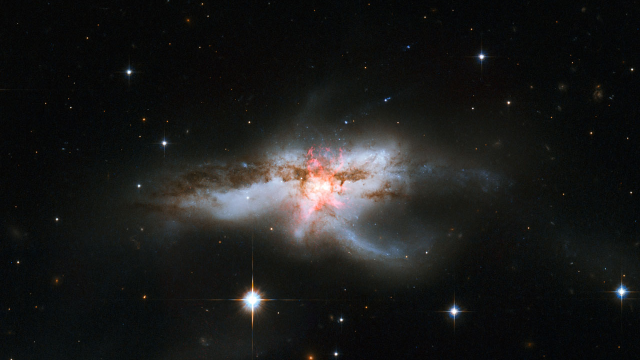It’s true that astrology is not science – there is no evidence to support that personal traits or mystical truths have anything to do with the Sun and the planets’ locations in the sky at the time you were born. But there is an intersection with astronomy, the real science behind the Sun, the stars, and what goes on in our night sky.
NGC 6240. Image: Image: NASA, ESA, the Hubble Heritage (STScI/AURA)-ESA/Hubble Collaboration, and A. Evans (University of Virginia, Charlottesville/NRAO/Stony Brook University
And if you really take a look at the constellation your zodiac sign is named after, you’ll find some of the really incredible objects that populate our universe.
First off, a quick reminder of astrology’s basics. There’s an imaginary line that circles the sky called the ecliptic. You will always find the Sun and the planets somewhere along this line. Their locations along the ecliptic can change like beads on a hoop, whereas the stars appear to remain fixed. The ecliptic passes through 13 of the 88 constellations in the sky.
Astrologers divide the sky into 12 fixed segments and named the zodiac signs after 12 of these 13 constellations. Your sign denotes where along the ecliptic the Sun was at your birth, relative to these segments.
It’s worth noting that the constellations don’t perfectly align with those segments, the signs. If they did, you’d notice that the dates that currently delineate different signs don’t correspond to when the Sun is actually in the constellation in the sky, and that there’s no sign to correspond with the constellation Ophiuchus. Astrologers were bewildered in 2011 when a NASA blog post and others pointed out this fact.
Though a constellation is depicted based on its visible stars – Alpha, Beta and Gamma Arietis and others make up the shape of Aries, for example – astronomers will use constellations to denote the entire region of space around the shape you see.
That means there’s more within the boundaries of each constellation than simply what we can see with the naked eye. There are entire distant galaxies, clouds of dust that contain newborn stars, other solar systems, and even black holes. Some of them you can see with binoculars or a telescope and others require more advanced observational tools.
So, if you’re actually interested in your sign, here are some of the most amazing astronomical objects each corresponding constellation contains.
Aries: NGC 772

NGC 772. Image: Göran Nilsson & The Liverpool Telescope (Wikimedia Commons)
Most galaxies are typically either blobs or spirals in the sky. But 100 million light years away in Aries sits the unusually shaped NGC 772, also called Arp 78, which has one especially long spiral arm. This is probably due to gravity from other nearby galaxies tugging on its mass. In other views, you can see vast swaths of gas connecting it to other nearby objects.
If you’re looking for something closer to home, have no fear. Just over 100,000 light years away is Segue 2, a galaxy that orbits the Milky Way. It’s the lightest galaxy discovered, reports Space.com – just a thousand stars seemingly held together by a little bit of dark matter.
Pisces: M74
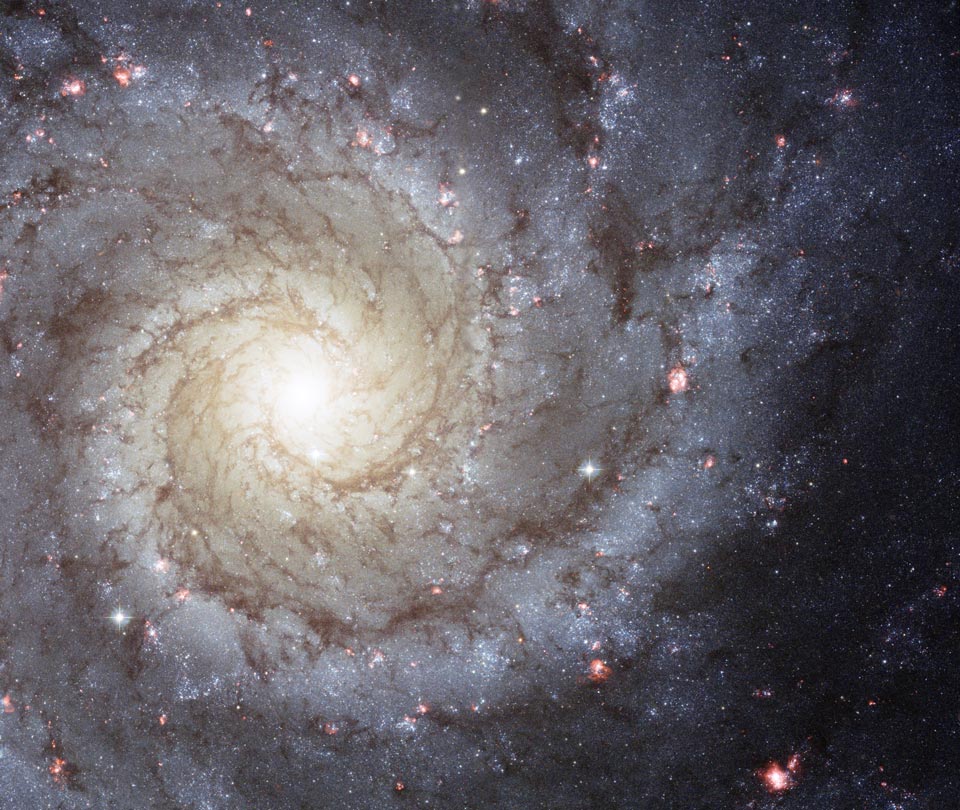
M74. Image: NASA, ESA and the Hubble Heritage (STScI/AURA)-ESA/Hubble Collaboration
If NGC 772 is an especially weird galaxy, then contrast it to M74, 32 million light years away. It’s a striking example of a “grand design spiral galaxy”, one with well-defined arms, viewed straight on. You’ll find it occasionally used as an archetype of the classification – astronomy writer Phil Plait and NASA have both called it “the perfect spiral” galaxy.
If you aren’t much of a conformist, then you can also get excited about NGC 520, a pair of colliding galaxies 100 million light years away, or the Pisces dwarf galaxies, neighbours to our own Milky Way.
Aquarius: TRAPPIST-1
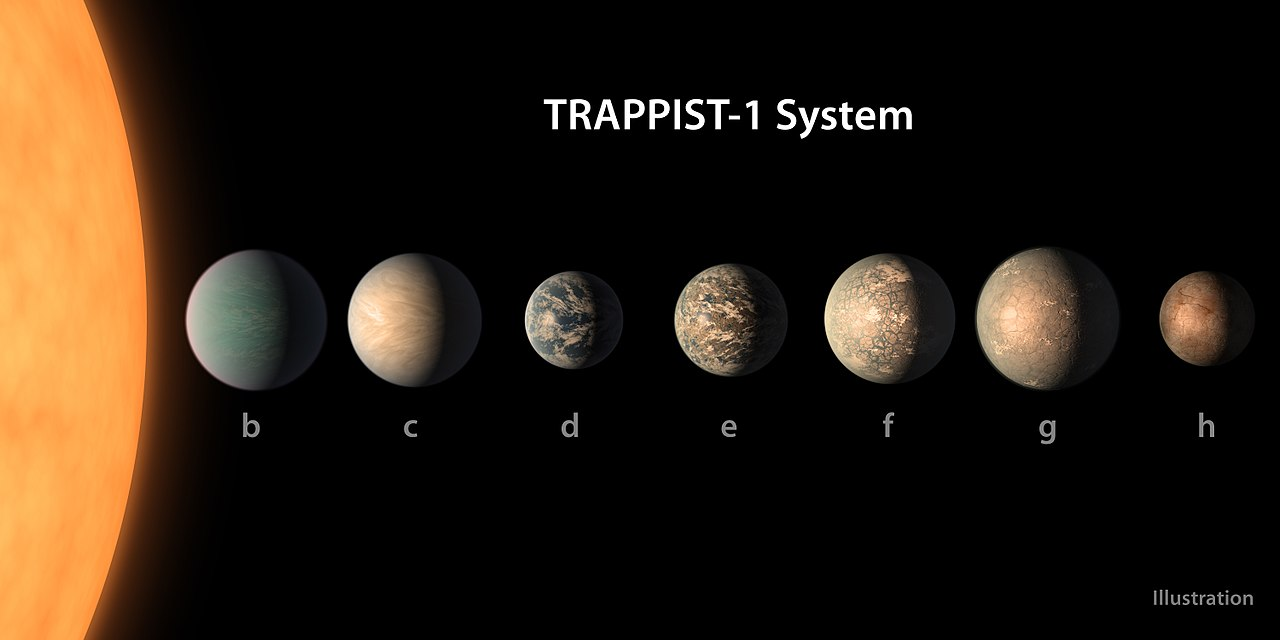
Trappist and its planets. Graphic: NASA/JPL-Caltech
Aquarius contains one of the most hyped sets of exoplanets around. The TRAPPIST-1 system sits a measly 40 light years away and contains seven rocky planets orbiting a Jupiter-sized, though much more massive, red dwarf star. Several of the planets seem to be the right temperature to have liquid water on their surface. Astronomers have done all sorts of speculating as to whether there’s life in the system.
Aquarius happens to host several other notable planetary systems and deep sky objects, too. But if you aren’t keen on exoplanets, you can also adopt the Helix Nebula as your Aquarian zodiac space object. It’s a star corpse.
Capricornus (Capricorn): Messier 30

M30. Image: NASA/ESA
M30 is a globular cluster comprised of thousands of densely packed stars which sits around 28,000 light years away. It’s a very old collection of gravitationally-bound stars that formed back when the Milky Way was very young, and it’s almost like a miniature galaxy in itself. Recent observations have shown that, confusingly, it has a lot of newer stars, too – possibly the result of collisions between pairs of stars closer to the cluster’s centre.
Further away, there’s also the HCG 87, a tight group of spiral galaxies that seem to be pulling each other apart
Sagittarius: Sagittarius A*
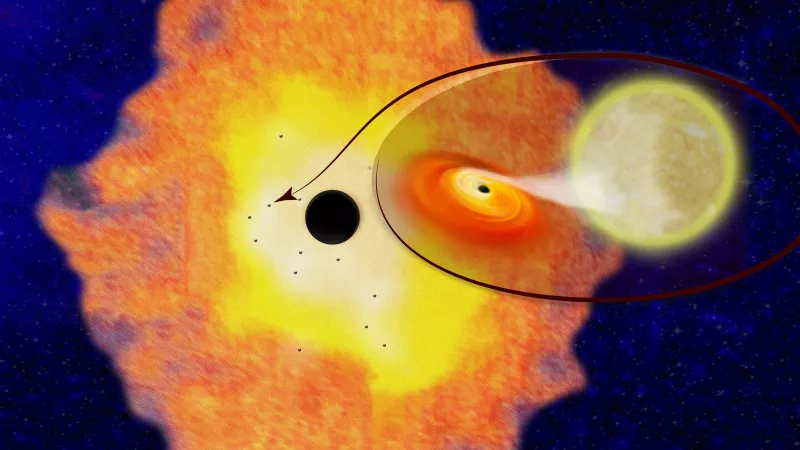
An artist’s rendering of 12 black hole binaries at our galaxy’s centre. Illustration: Columbia University
Sagittarians, you probably win for the “coolest” object. Your sign’s constellation contains Sagittarius A*, the bright, radio-emitting centre of our own galaxy. It’s a supermassive black hole that is four million times the mass of our own Sun and is around 26,000 light years away. Black holes are objects that are so massive that they warp the shape of space such that light can’t escape them.
Astronomers care a whole lot about Sagittarius A*. A worldwide effort is attempting to image the shadow that the black hole should cast on the space behind it. And another survey recently found evidence of thousands of smaller black holes in the few light years surrounding it.
Also, if black holes aren’t your style, there are a ton of other strange objects in Sagittarius, since it’s a constellation that crosses over the Milky Way. That includes the Lagoon Nebula, the subject of a recent jaw-dropping Hubble image.
Ophiuchus: NGC 6240
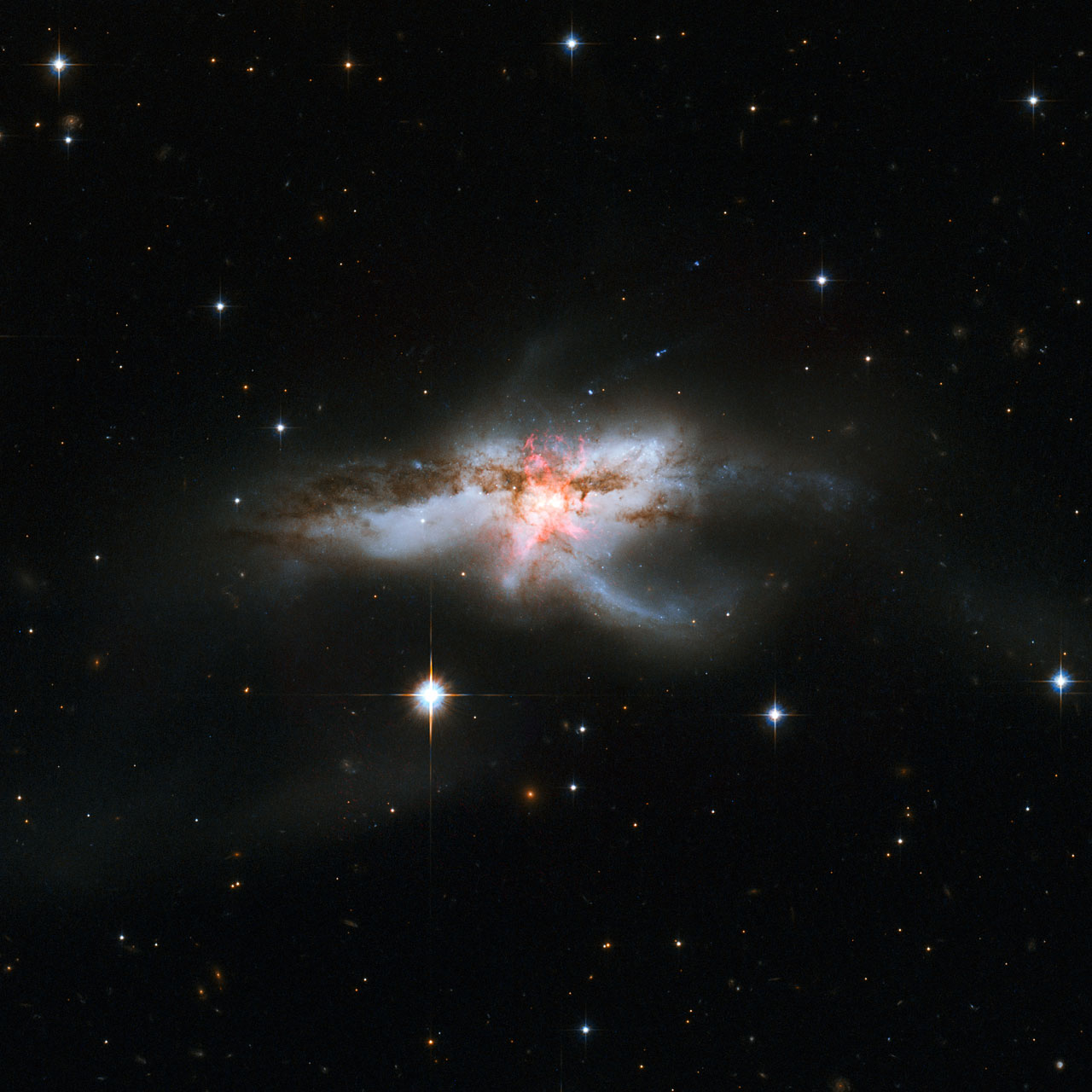
NGC 6240. Image: NASA, ESA, the Hubble Heritage (STScI/AURA)-ESA/Hubble Collaboration, and A. Evans (University of Virginia, Charlottesville/NRAO/Stony Brook University
It’s unlikely that there are many people who actually identify with Ophiuchus as their zodiac sign, which is a real shame. The Sun would be in Ophiuchus from November 29 to December 18, by the way.
Inside Ophiuchus and located about 400 million light-years away is NGC 6240, a strange galaxy that looks as though something has just exploded. It’s the result of two galaxies that collided, causing some stars to go supernova and other stars to form. The supermassive black holes at its centre are so close to one another, a mere 3000 light years apart, according to the ESA, that they will soon collide.
Scorpius (Scorpio): NGC 6302
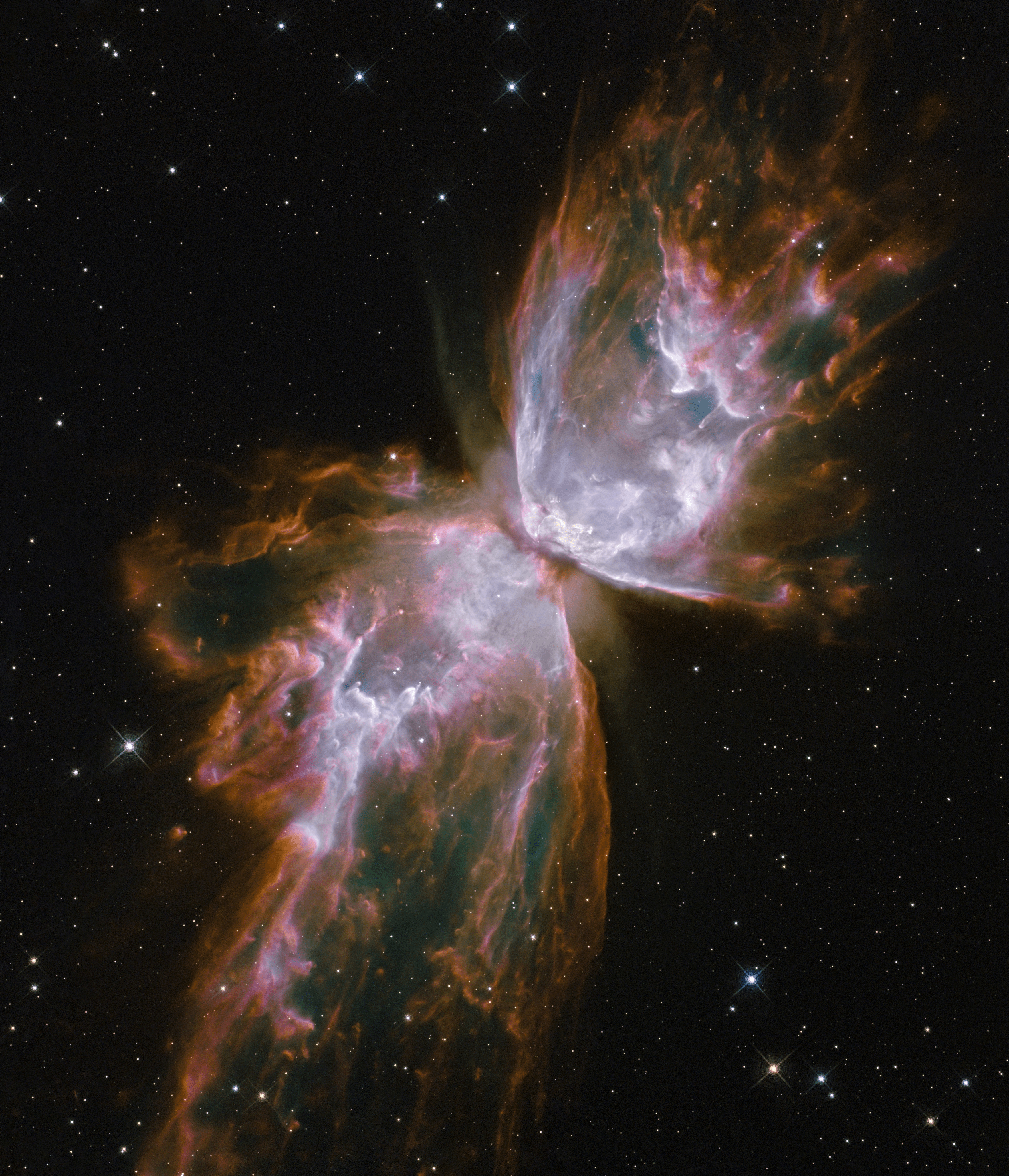
NGC 6302. Image: NASA, ESA, and the Hubble SM4 ERO Team
Scorpius intersects the Milky Way galaxy like Sagittarius does, so it contains a lot of weird space stuff. But one of the most striking objects it contains is the Bug or Butterfly Nebula, also called NGC 6302. It’s around 3800 light years away and its “wings” are actually composed of gas travelling outwards at 965,600km/h, according to an archived NASA web page.
NGC 6302 is a planetary nebula, and at its centre is a dying red giant star surrounded by a ring of gas. That’s the source of the crazy outflow of radiation you’re seeing. Planetary nebulae are important not just for their good looks, but they also spit out heavier elements, including carbon, into space.
Libra: HD 140283 and HE 1523-0901
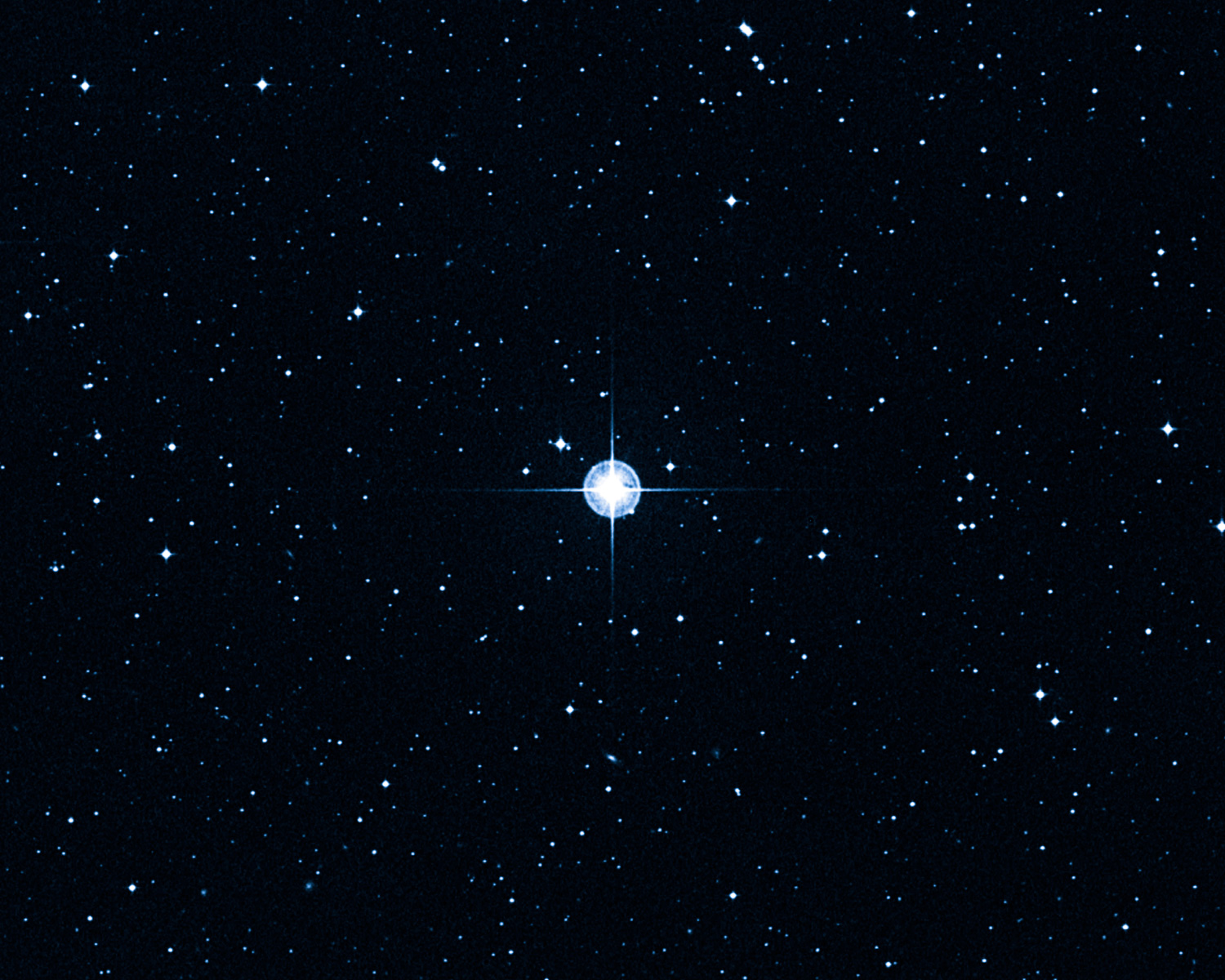
HD 140283 from Hubble. Image: NASA/ESA
They might not be nebulae or entire galaxies, but Libra contains two of what could be the oldest stars that humans have observed in the entire universe. Based on the star’s brightness and the heavier elements it contained, HD 140283 could be around 14 billion years old, according to a NASA release. That makes it nearly as old as the universe itself. HE 1523-0901, also in Libra, could also be equally as old.
Virgo: The Virgo Cluster
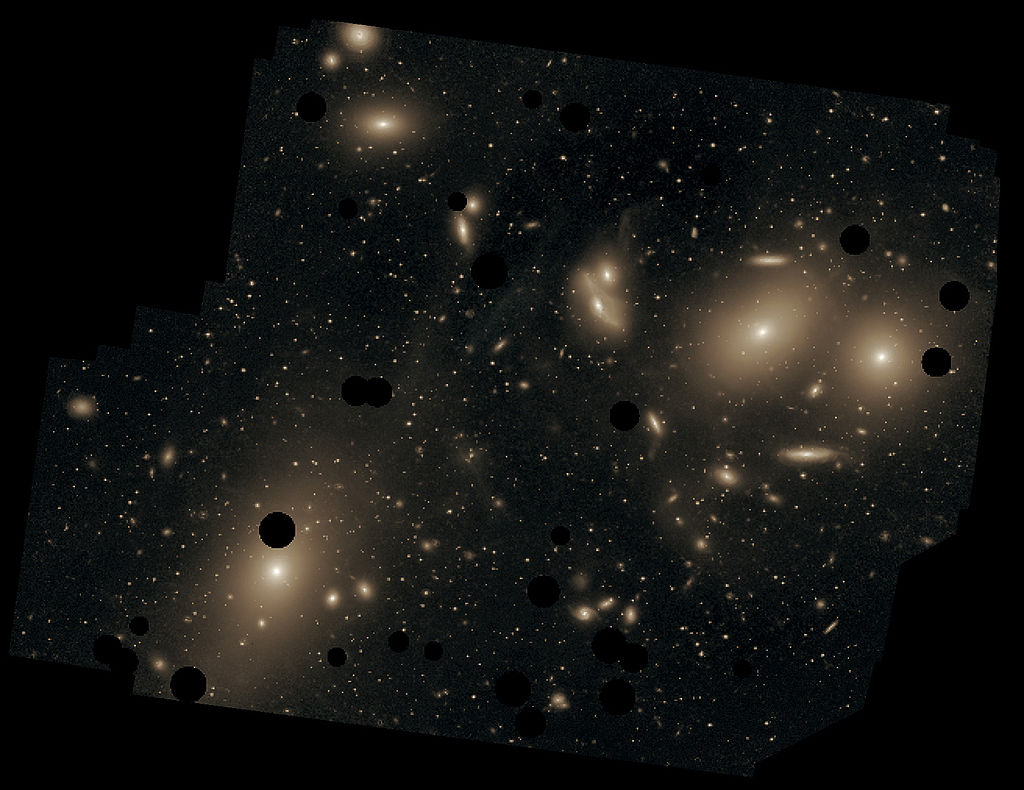
The Virgo cluster. Image: Chris Mihos (Case Western Reserve University)/ESO
There are thousands of galaxies in the Virgo cluster – the closest cluster of galaxies to our own Local Group cluster. The Virgo cluster includes galaxies such as M84, M86, M87, M88 and so on. These galaxies are around 48 million light years away and are studied a whole lot.
The cluster might sound far away, but it’s literally our galactic neighbour. Together with the Local Group that contains us and Andromeda, the Virgo Cluster and others form the enormous Virgo Supercluster of galaxies – which is, in turn, a part of the Laniakea Supercluster. The universe is very big.
Leo: The Cosmic Horseshoe

The Cosmic Horseshoe on the right. Image: ESA/Hubble & NASA
On the right of the above image is the Cosmic Horseshoe, an incredible object that illustrates the principles of Einstein’s theory of general relativity. Gravity warps the shape of spacetime itself, so if something really heavy is in just the right place, it can appear to change the shape of objects behind it, like a lens. The horseshoe is that effect in action – what you’re seeing here is galaxies in the distance magnified and distorted.
There are a lot of other cool, deep-sky objects in Leo, including many galaxies and an ancient, enormous gravitationally-bound structure called the Huge Large Quasar Group that could span four billion light years.
Cancer: The Beehive Cluster
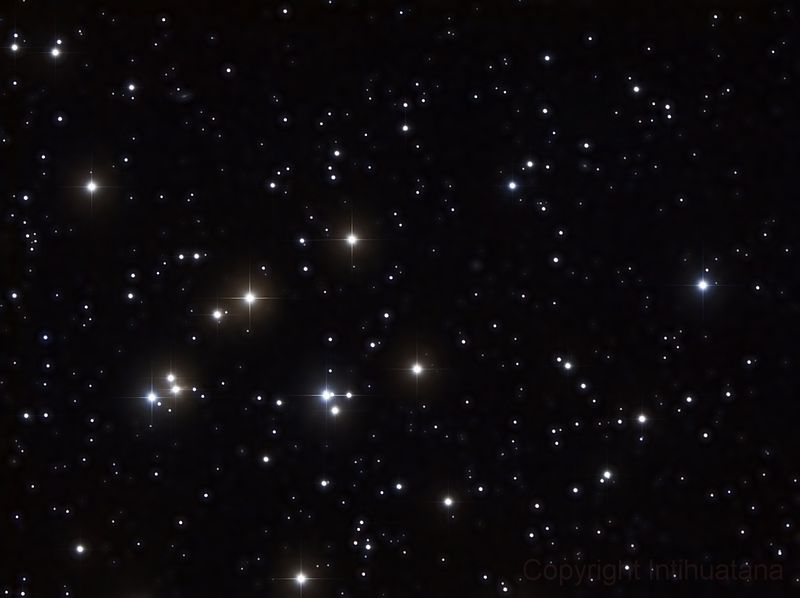
M44, the Beehive Cluster. Image: Intihuatana (Wikimedia Commons)
I know what you’re thinking – everyone else gets something crazy, but Cancer just gets a few stars. Don’t think that. The Beehive Cluster, also called Praesepe or M44, is one of the closest open clusters of stars to our own galaxy at only 600 light years away. You’ve seen some of those incredible star-forming nebulae full of dust and gas. Eventually, they turn into thousands of gravitationally-bound stars, like what you see above.
On top of being neat from an astronomical standpoint, the Beehive Cluster has long been visible in the night sky as an eerie stellar cloud, and astronomers have known about it since ancient times. It’s also Utah’s state astronomical symbol.
Gemini: Geminga
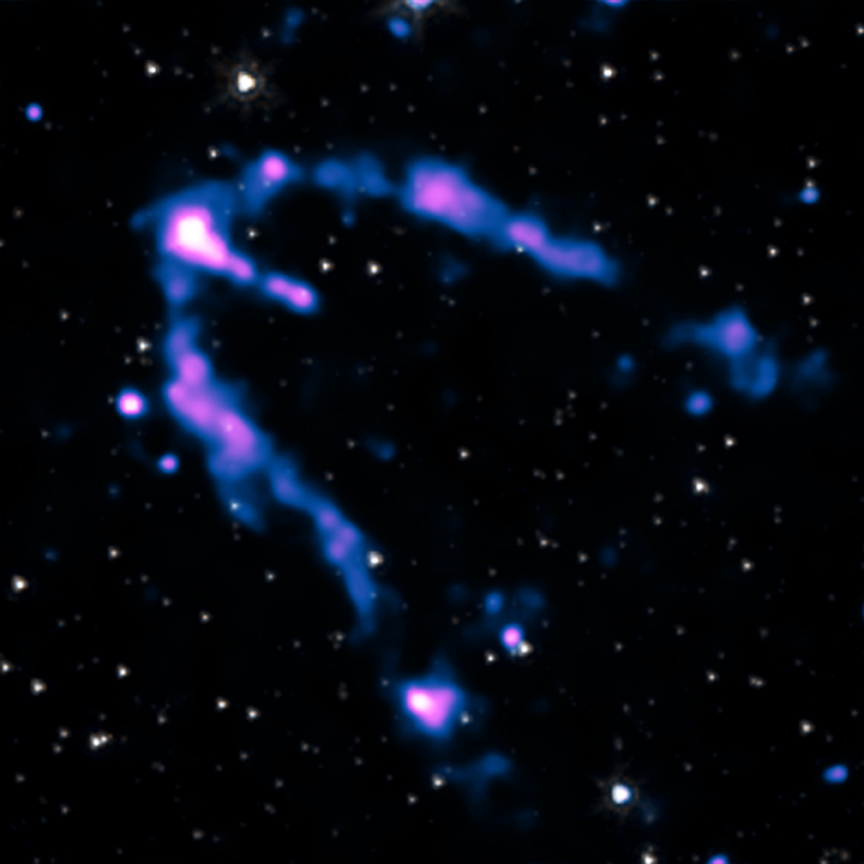
Geminga. Image: X-ray: NASA/CXC/PSU/B.Posselt et al; Infrared: NASA/JPL-Caltech
Geminga, the Gemini gamma-ray source, is a mysterious object 800 light years away that was first discovered in 1974. It’s the second-brightest persisting gamma-ray source in the sky.
Astronomers have figured out that it’s actually a pulsar, or a rapidly-spinning neutron star, emitting high-energy radiation. Neutron stars are ultra-dense objects that can be even more massive than our Sun but are mere kilometres across. Scientists are really interested in them.
Geminga continues to be of interest to astronomers, also. There’s more antimatter hitting Earth from space than scientists expect, and there’s debate over whether Geminga has something to with it.
If you just want something that looks cool, there’s always the Medusa Nebula.
Taurus: The Crab Nebula
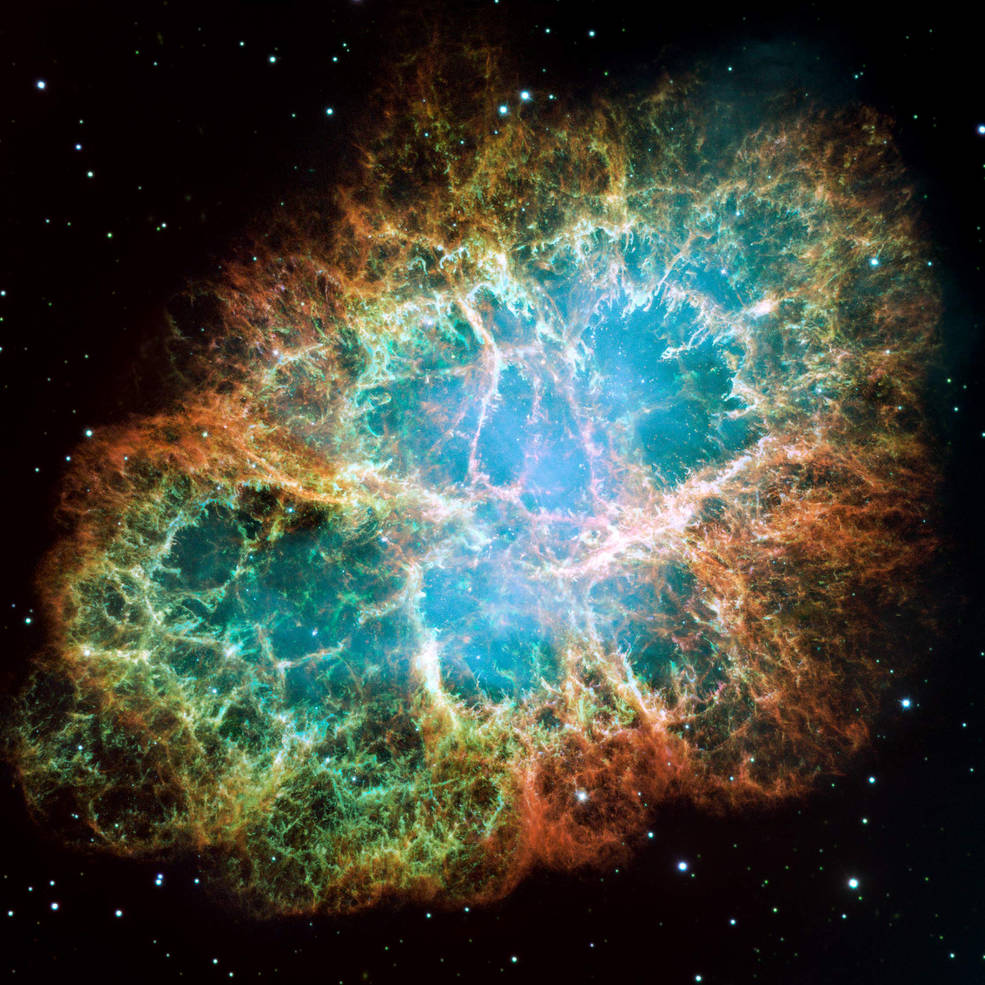
In 1054, a star appeared and was observed by Chinese astronomers, then disappeared – it went supernova and eventually dimmed so it could no longer be seen. But we can observe its remnants now in the form of the well-studied Crab Nebula 6500 light years away.
It’s also the first “Messier Object”. An astronomer confused this nebula for a comet, which inspired astronomer Charles Messier to create an entire list of objects that look like, but are not comets. Many appear on this list.
A deeper look at the Crab Nebula using X-rays reveals that inside is a rapidly-spinning neutron star, similar to the one that powers Geminga. It’s possibly the corpse of the 1054 supernova.
I hope all of this gives you a new perspective on your sign. Instead of looking to your horoscope for advice on how to live your life, you can think of your sign as your own slice of the heavens encompassing vast swaths of our ever-expanding, ever-confusing universe.
